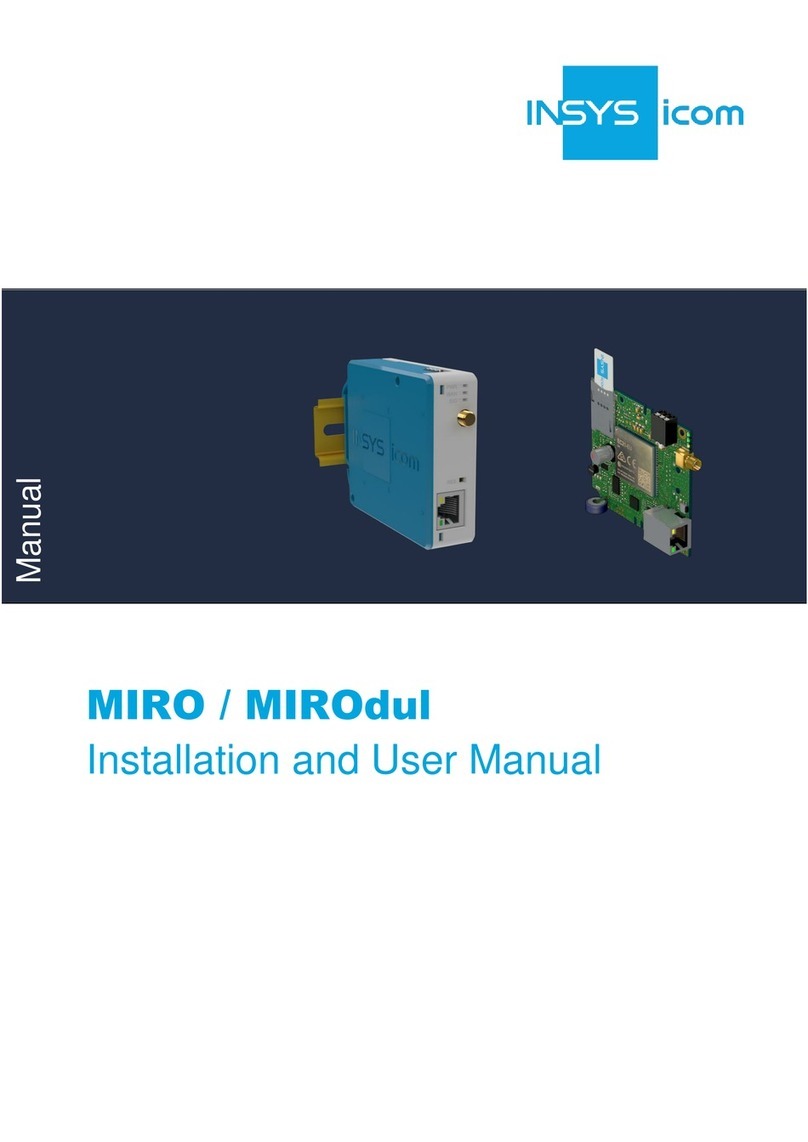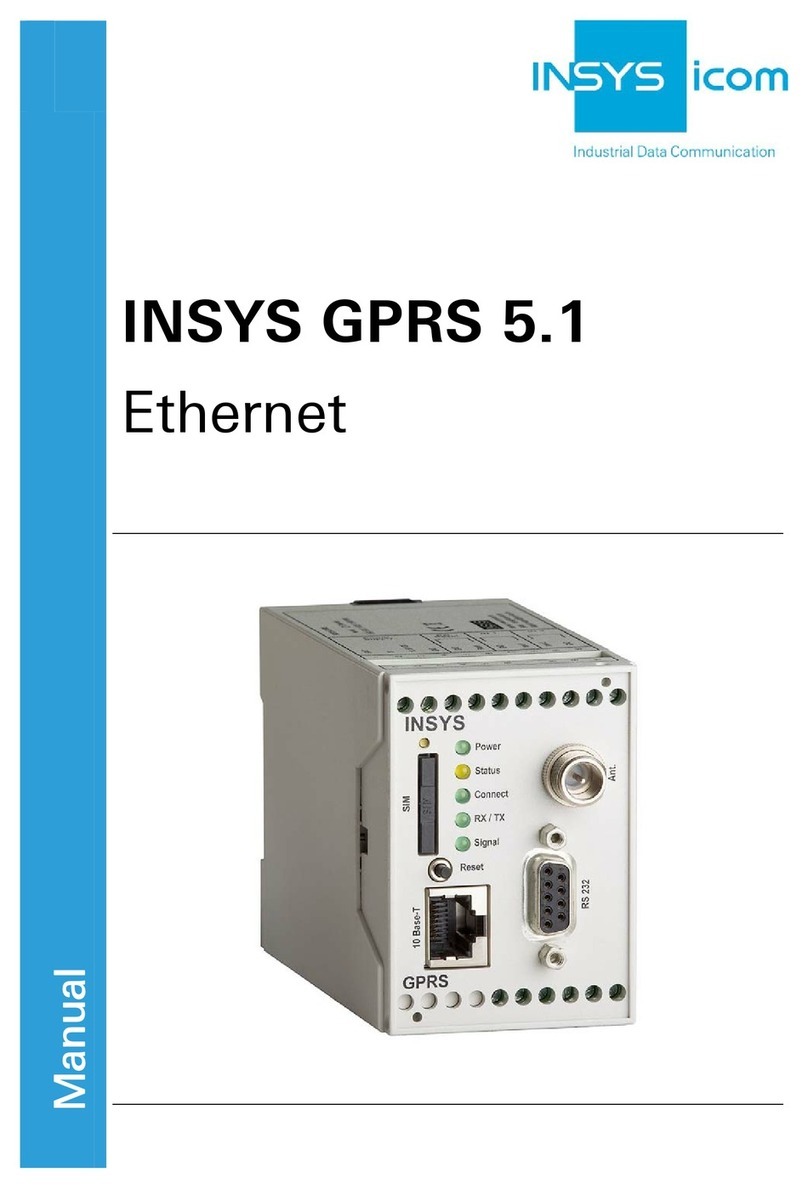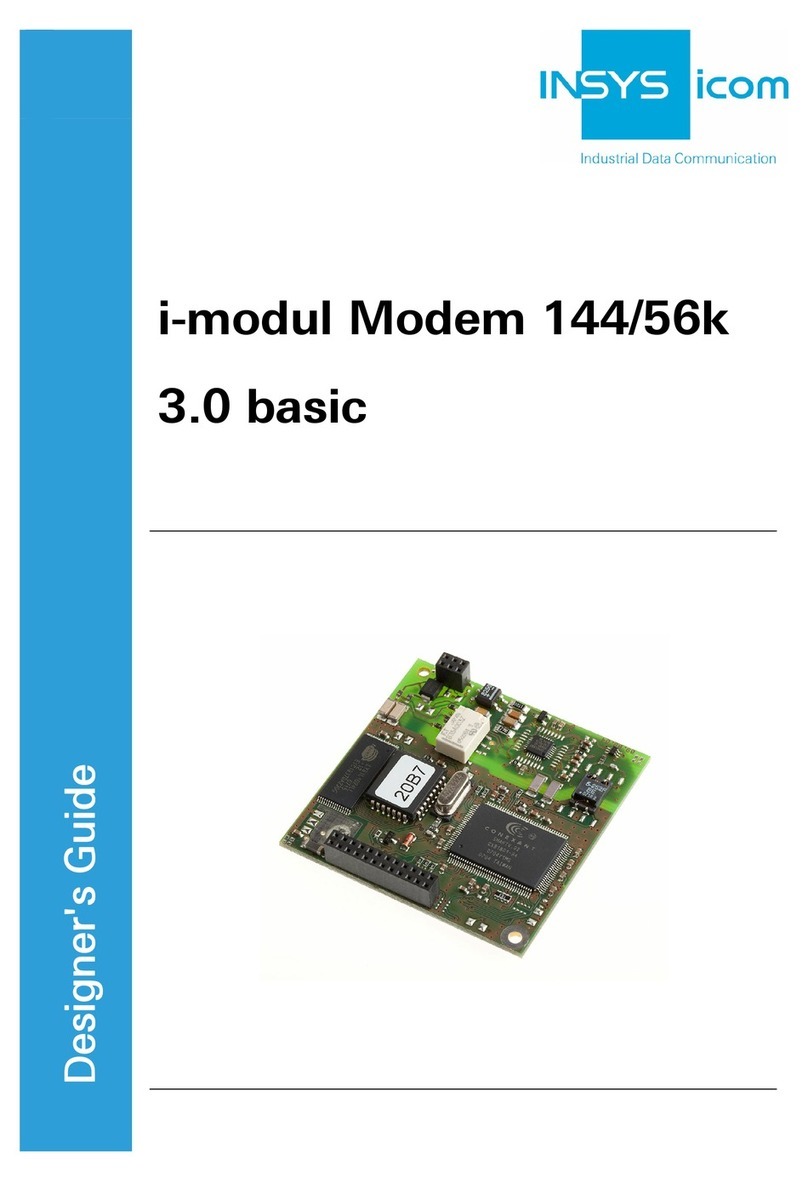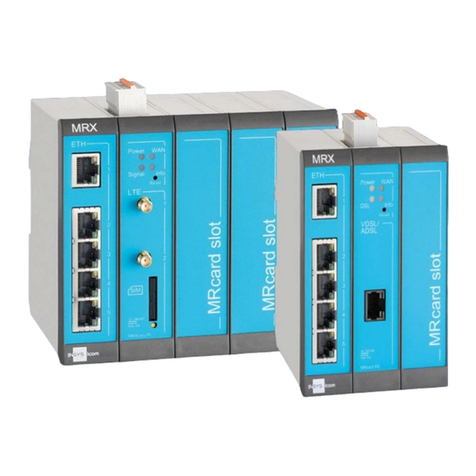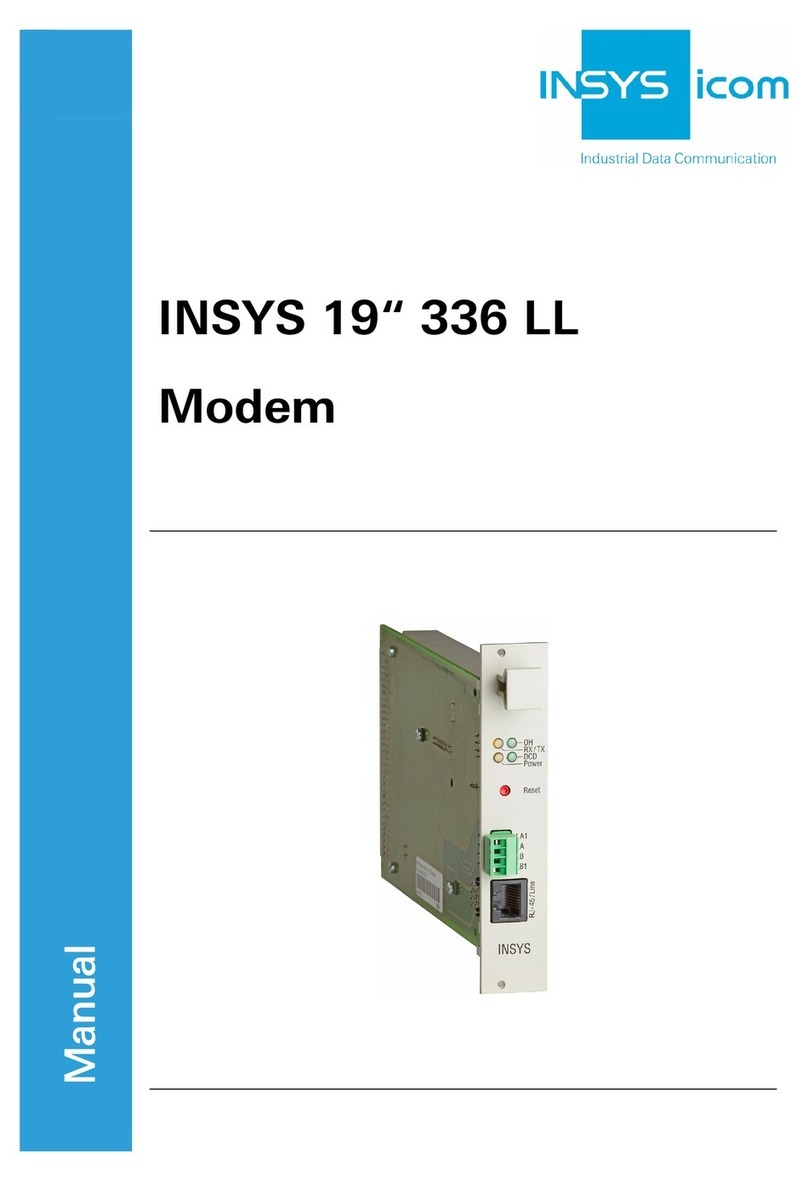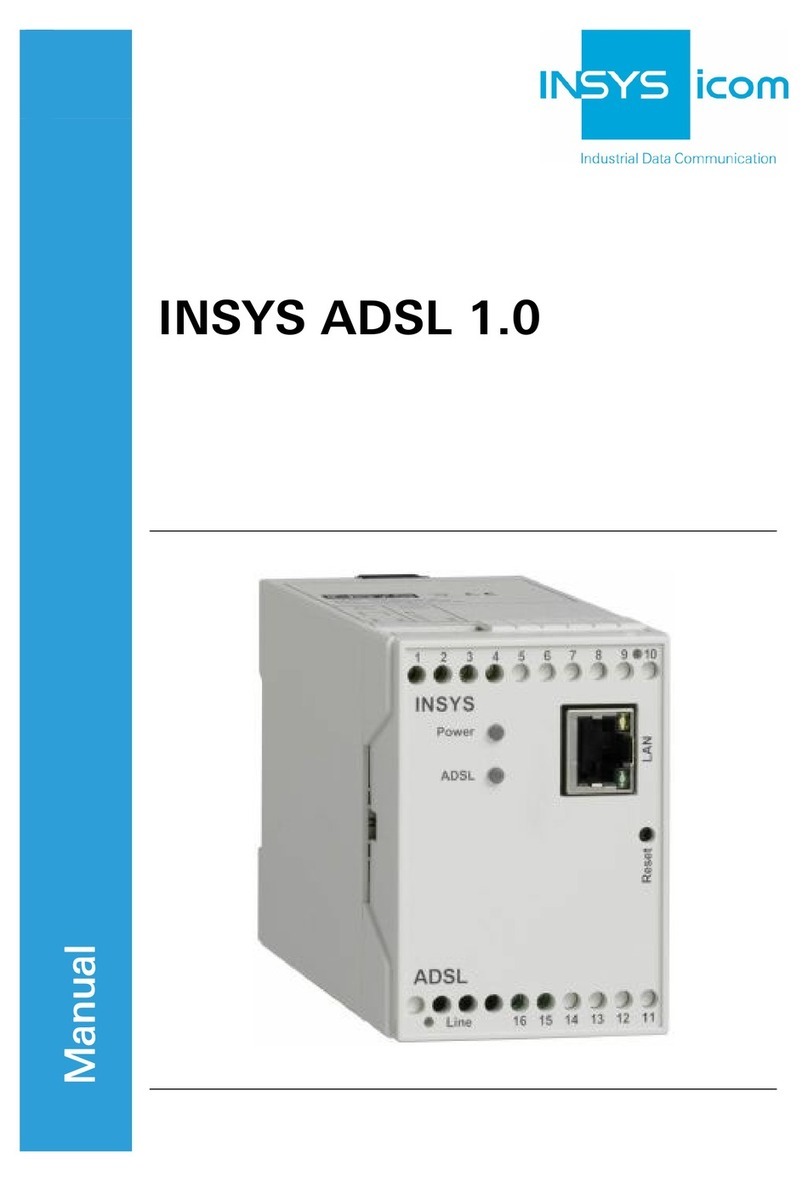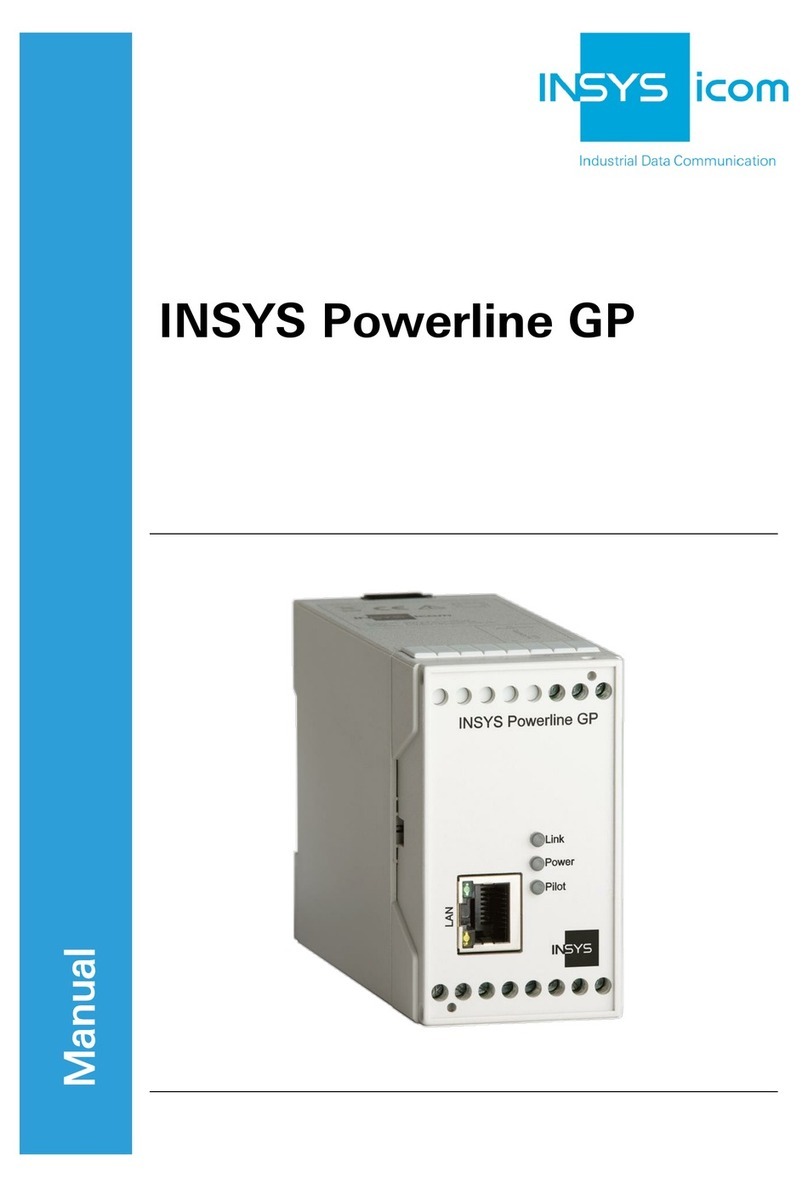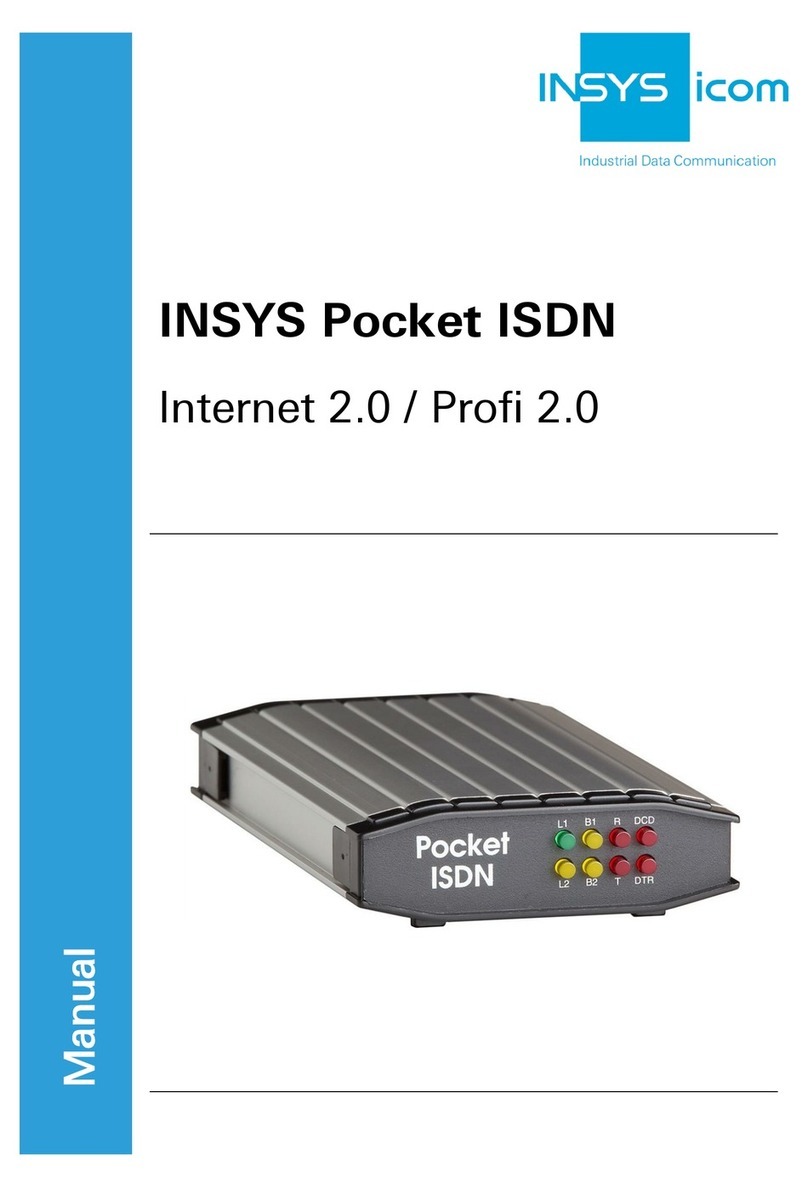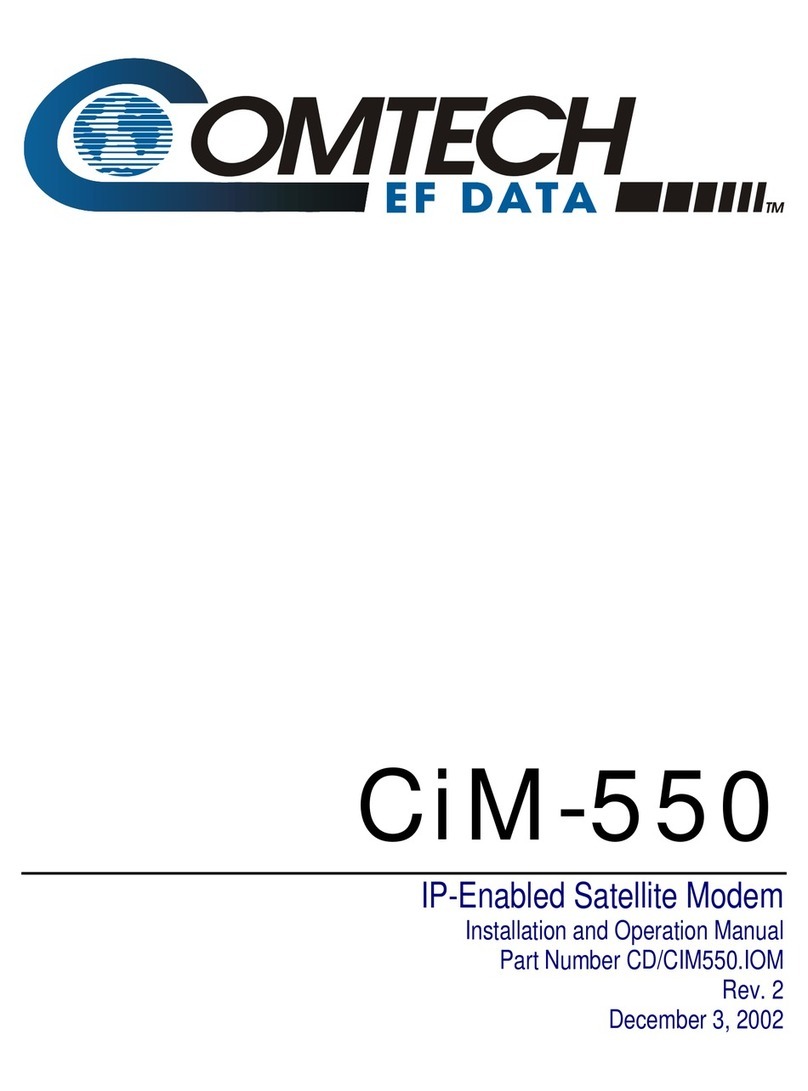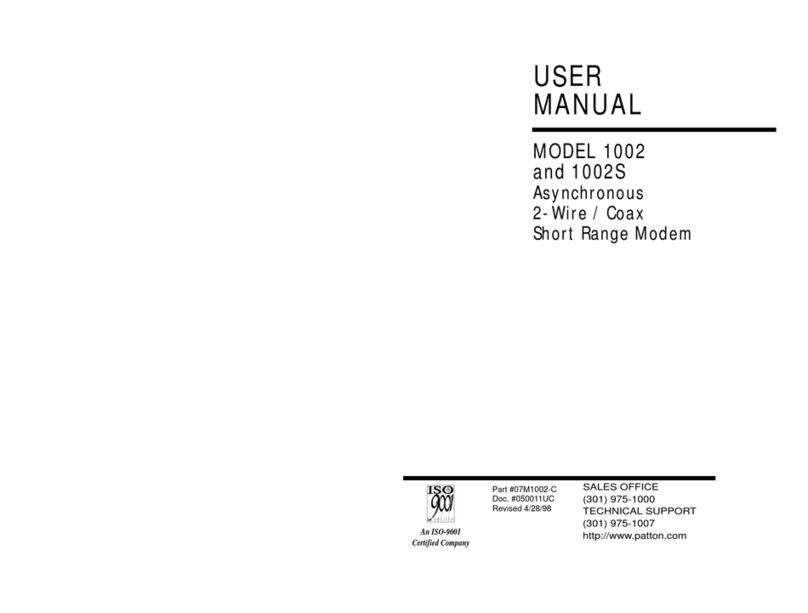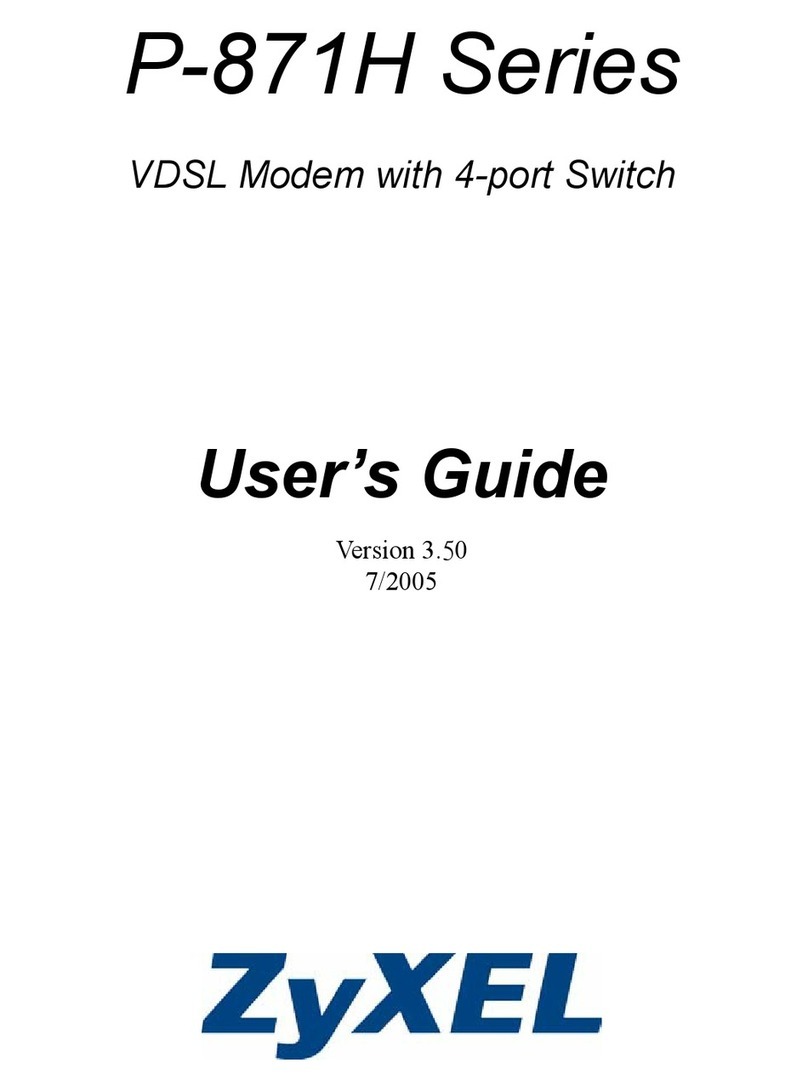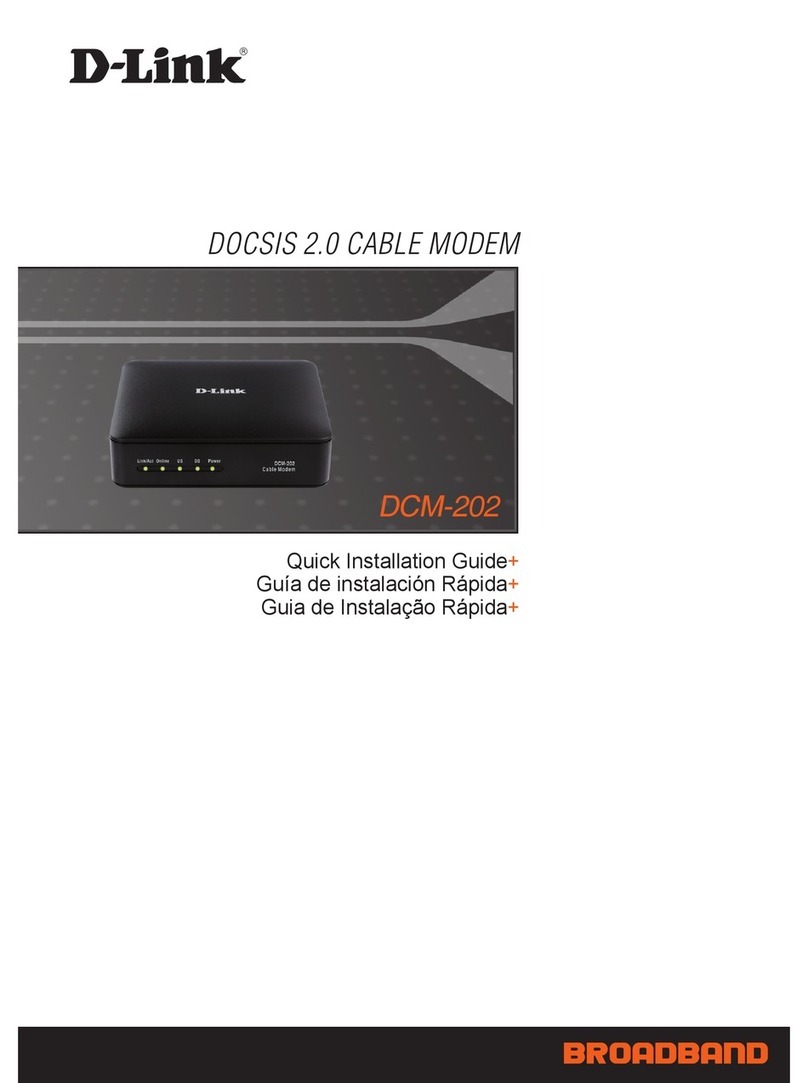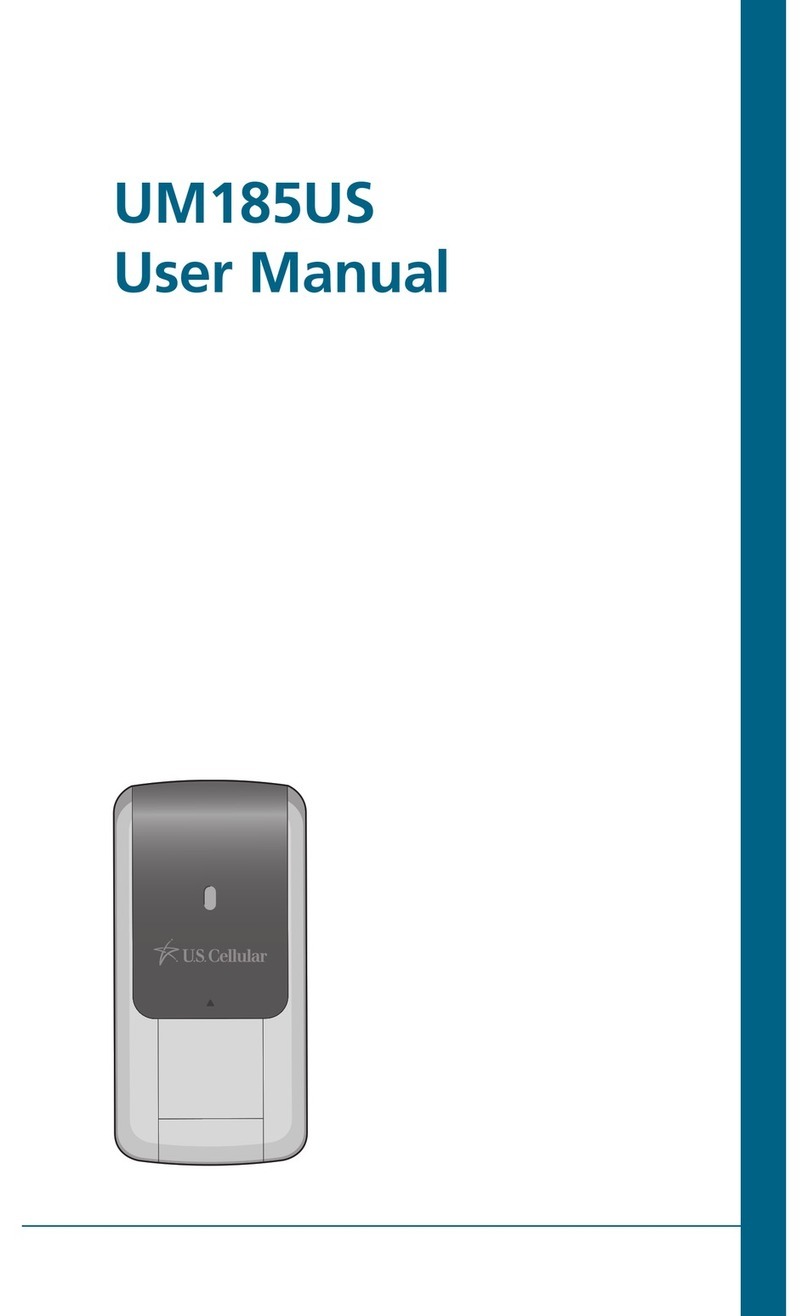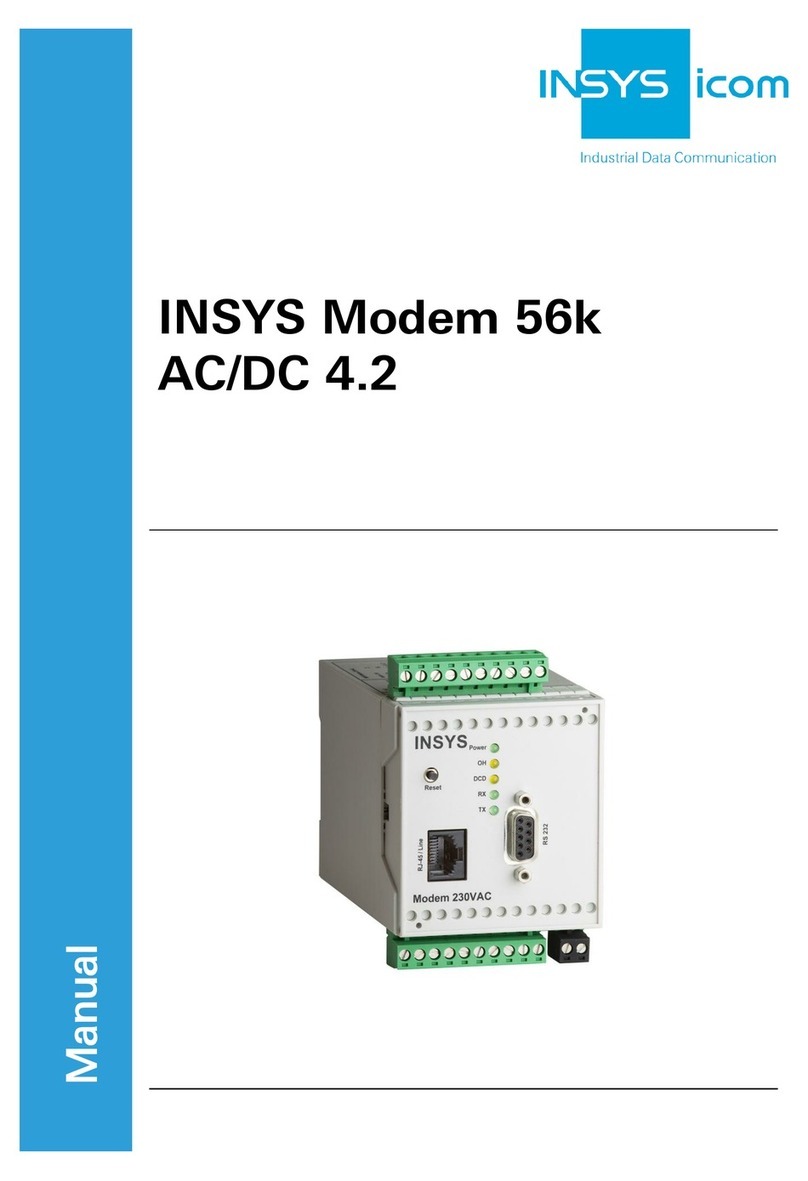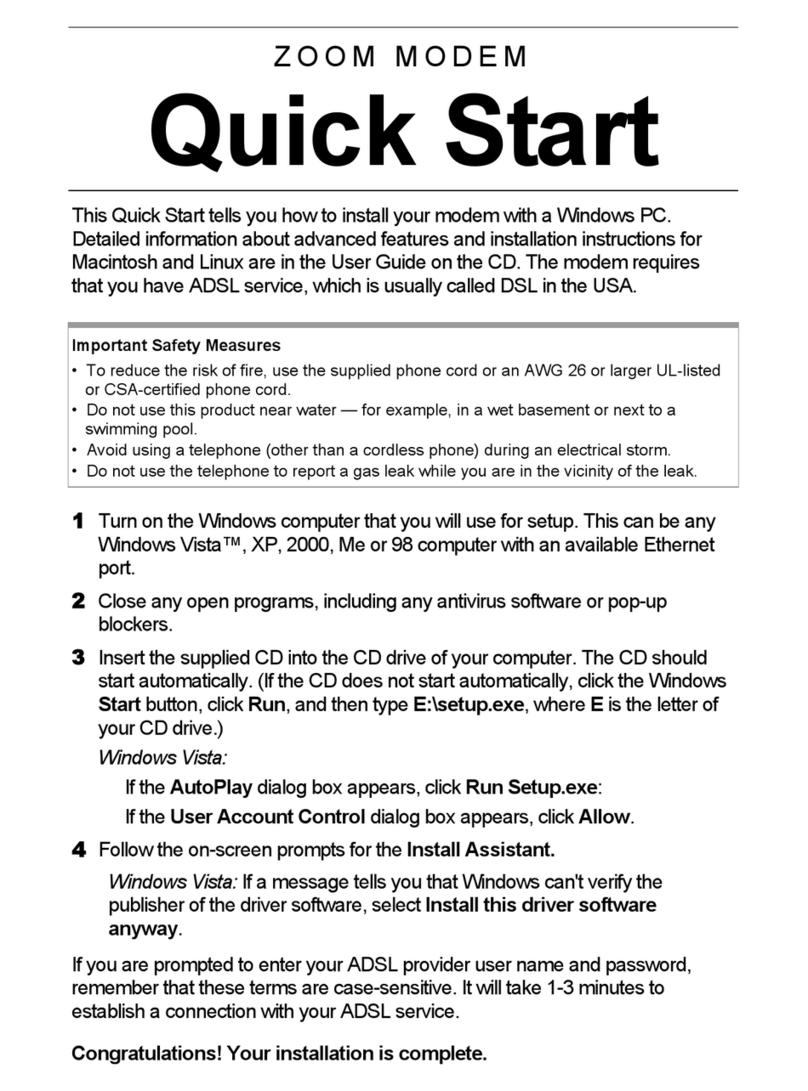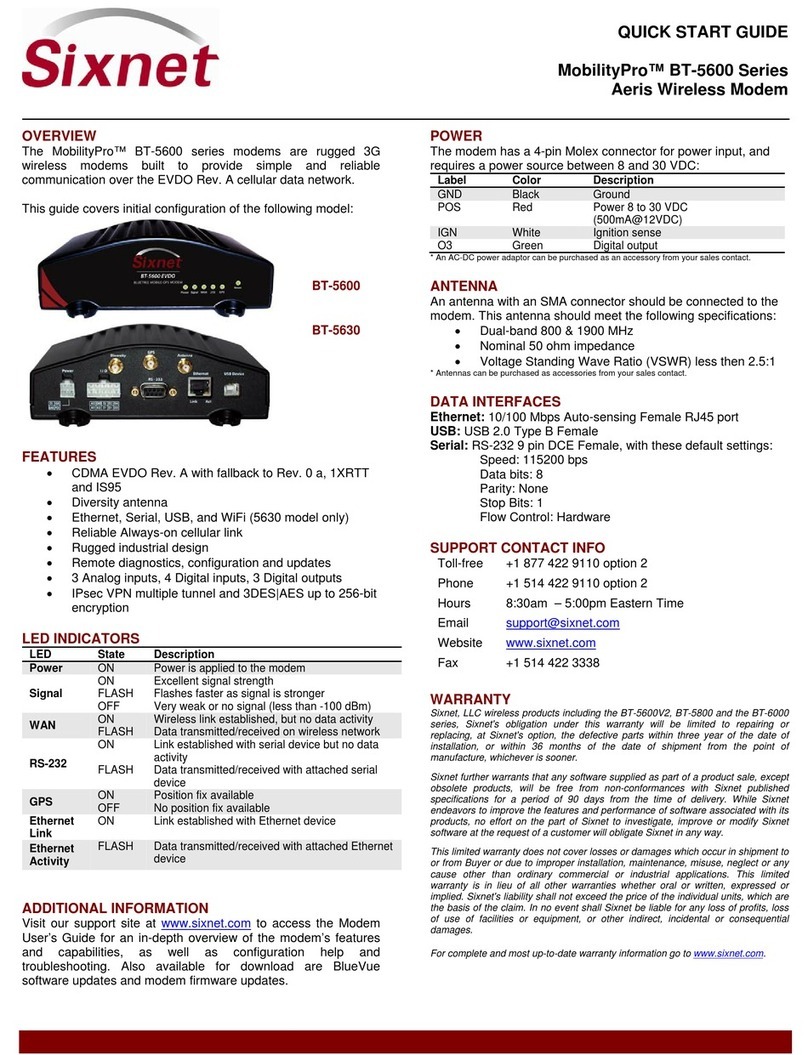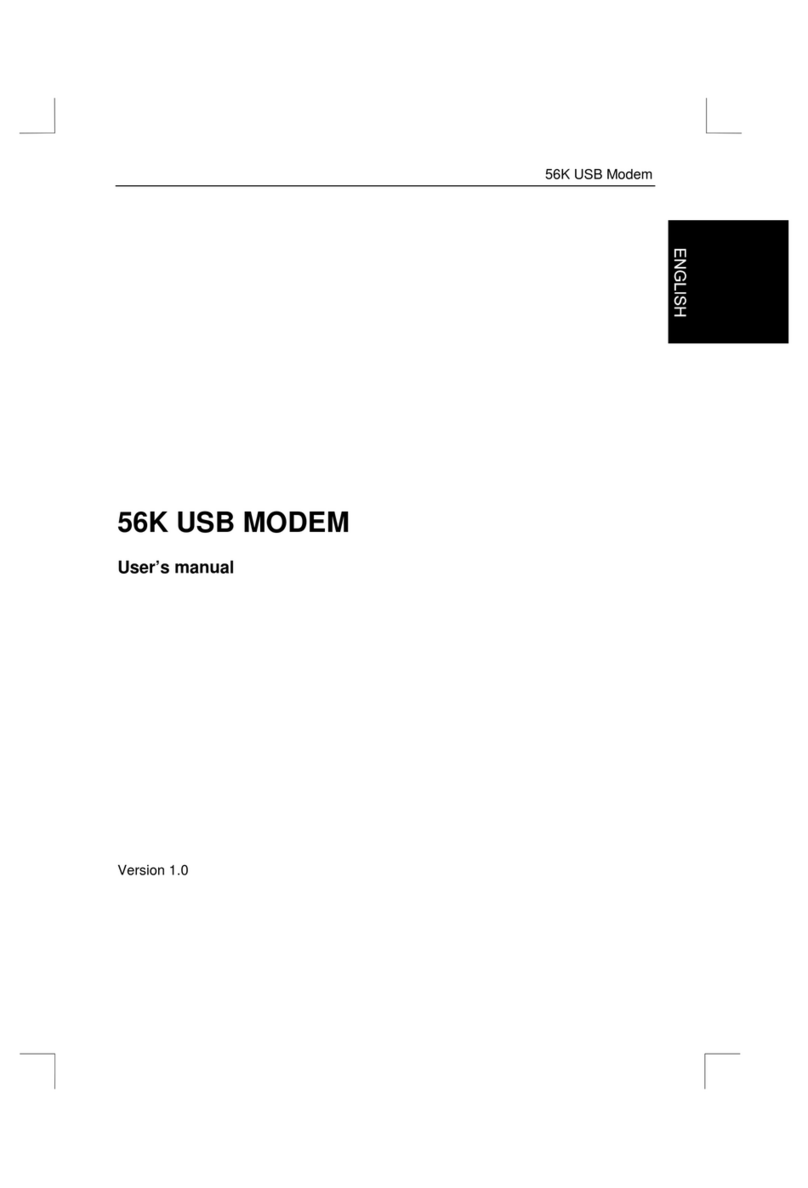
Contents
12 Functions ...............................................................................................40
12.1 Entering the PIN of the SIM Card ........................................................................40
12.2 Inserting and Removing the SIM Card.................................................................42
12.3 Checking the Status of the GSM Login................................................................44
12.4 Checking the Signal Field Strength of the Mobile Phone Network ......................45
12.5 Configure Serial Interface ....................................................................................46
12.6 Data Flow Control (Handshake) ...........................................................................47
12.6.1 Hardware Data Flow Control (RTS/CTS)................................................. 47
12.6.2 Software Data Flow Control (XON/XOFF) .............................................. 48
12.7 Configure Date and Time.....................................................................................49
12.8 Configure Dial-Up Attempts for Message Dispatch.............................................50
12.9 Configure Scheduled Logout/Login .....................................................................50
12.10 Establishing or Accepting a Data Connection......................................................52
12.11 Establish Voice Connection (not INSYS GSM 4.3 compact) ................................54
12.12 Using USSD Codes..............................................................................................54
12.13 Idle Connection Control with Data Transmit Control ...........................................55
12.14 Automatic Call Acceptance..................................................................................56
12.15 Selective Call Acceptance....................................................................................56
12.16 Configure Security Callback.................................................................................58
12.17 Alarm Inputs ........................................................................................................60
12.18 Configure Alarms.................................................................................................61
12.19 Switching Outputs...............................................................................................64
12.19.1 SWITCH Command for Controlling the Control Outputs ....................... 66
12.20 Activate Switching / Querying of the Outputs / Inputs via DTMF ........................67
12.21 Switching the Outputs / Querying the Inputs via DTMF ......................................70
12.22 Remote Configuration of the INSYS GSM 4.3 .....................................................73
12.23 Configure Remote Configuration via SMS ...........................................................76
12.24 Configure Periodic Alive Message .......................................................................78
12.25 Configure Power-Up SMS ...................................................................................79
12.26 Manual Sending of Messages..............................................................................80
12.27 Operation with a PLC...........................................................................................80
12.28 Event History .......................................................................................................81
12.29 Reset of the Device..............................................................................................83
12.30 Firmware Update.................................................................................................84
13 Firmware History ...................................................................................86
14 Maintenance, Repair and Troubleshooting.............................................87
14.1 Maintenance........................................................................................................87
14.2 Troubleshooting...................................................................................................87
14.3 Repair ..................................................................................................................87
Aug-11 5





















